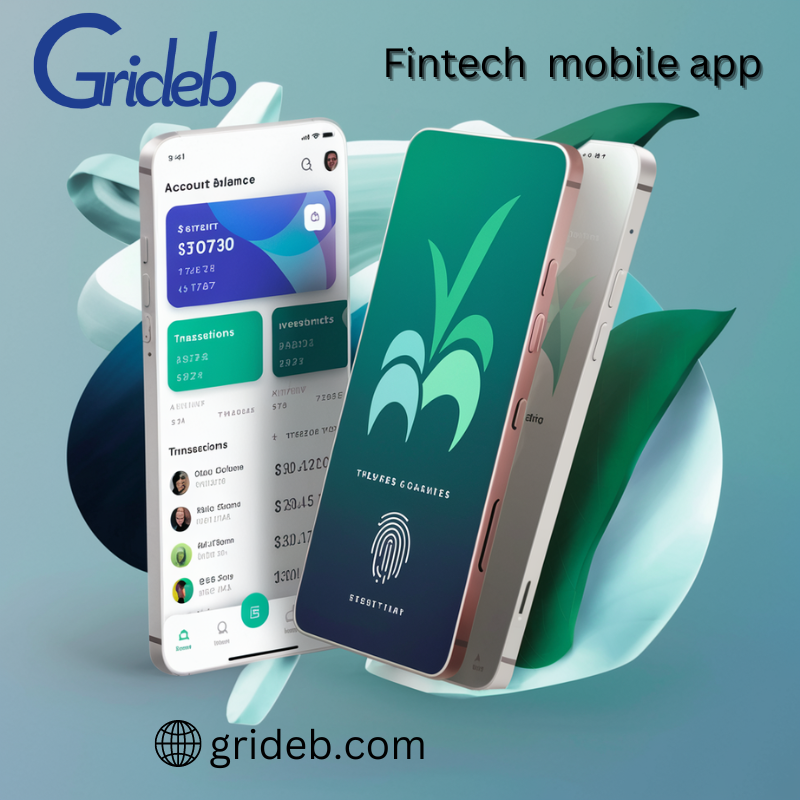Leveraging Multi-Level Marketing (MLM) in Fintech Mobile Apps

Leveraging Multi-Level Marketing (MLM) in Fintech Mobile Apps: A Winning Strategy
In the dynamic landscape of financial technology (fintech), innovation isn't just about the technology itself, but also about the strategies that drive adoption and growth. One such strategy that's been gaining traction in recent years is Multi-Level Marketing (MLM). While MLM has been traditionally associated with consumer goods and services, its application in fintech mobile apps opens up new avenues for customer acquisition and engagement. In this blog post, we'll explore how fintech mobile apps can leverage MLM to create a win-win scenario for both the app provider and its users.
Understanding Multi-Level Marketing (MLM) in Fintech
MLM, often referred to as network marketing or referral marketing, is a marketing strategy where sales representatives not only earn commissions on their own sales but also on the sales generated by the representatives they recruit. This creates a network or "downline" of distributors, each incentivized to promote and sell the product or service.
In the context of fintech mobile apps, MLM can be applied in various ways: Referral Programs: Fintech apps can offer users rewards or incentives for referring friends, family, or colleagues to the app. This could be in the form of cash bonuses, discounts on services, or even exclusive access to premium features. Tiered Commission Structures: Similar to traditional MLM models, fintech apps can establish tiered commission structures where users earn a percentage of the revenue generated not only by their direct referrals but also by referrals within their network. Gamification: By gamifying the referral process, fintech apps can encourage users to actively participate in expanding their network. Leaderboards, badges, and other gamification elements can make the experience more engaging and rewarding. Benefits of MLM for Fintech Mobile Apps Integrating MLM into fintech mobile apps offers several benefits for both the app provider and its users: Exponential Growth: MLM leverages the power of networks, enabling fintech apps to rapidly expand their user base through word-of-mouth referrals. Cost-Effective Marketing: Compared to traditional marketing channels, MLM can be a cost-effective way to acquire new users. Instead of spending large sums on advertising, fintech apps can rely on their users to promote the app organically. Increased User Engagement: By incentivizing users to refer others and actively participate in the growth of the app, MLM fosters a sense of community and engagement among users. Monetization Opportunities: MLM not only helps fintech apps acquire new users but also opens up additional revenue streams through commissions and fees generated from user transactions.
Challenges and Considerations
While MLM can be a powerful strategy for fintech mobile apps, it's important to approach it thoughtfully and ethically. Some potential challenges and considerations include: Regulatory Compliance: Fintech apps must ensure compliance with applicable regulations governing MLM and financial services to avoid legal issues. User Experience: Care should be taken to ensure that MLM features enhance, rather than detract from, the user experience. Intrusive or overly aggressive referral mechanisms can turn users away. Risk of Misuse: MLM has been associated with pyramid schemes and scams in the past. Fintech apps must implement safeguards to prevent misuse and protect users from potential harm.
Conclusion
Incorporating Multi-Level Marketing (MLM) into fintech mobile apps can be a strategic way to drive user acquisition, engagement, and revenue growth. By leveraging the power of networks and incentivizing users to refer others, fintech apps can tap into new markets and create a loyal user base. However, it's essential to approach MLM with transparency, integrity, and a focus on delivering value to users. When done right, MLM can be a win-win proposition for fintech apps and their users alike.